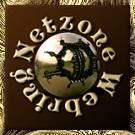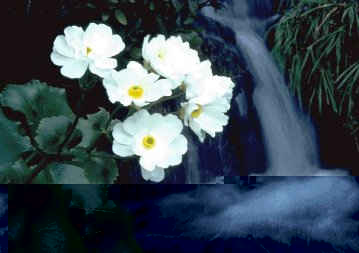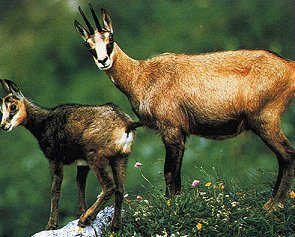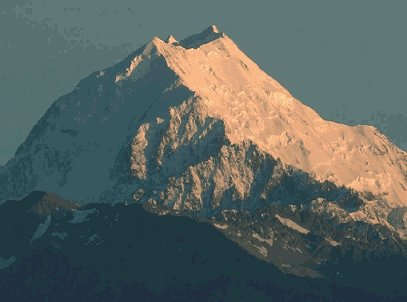![]()
Coasts
Rivers/Lakes
Lowlands/Plains
Geysers/Mud
Glaciers
Mt. Ruapehu
Mt. Cook
White Island
A Maori Legend
![]()
Abbotsford
Aramoana
Ballantynes
Brynderwyns
Cave Creek
Hawkes Bay
H.M.S. Orpheus
Influenza
Mt. Erebus
Mt. Tarawera
Rainbow Warrior
Seacliff Hospital
Tangiwai
Wahine
![]()
Annie Aves
Ata-hoe
Daisy Basham
Jean Batten
Minnie Dean
Mabel Howard
Margaret Mahy
Kath Mansfield
Kate Sheppard
Kiri Te Kanawa
Catherine Tizard
Murray Ball
Charles Goldie
Edmund Hillary
Richard Pearse
Lord Rutherford
Charles Upham
![]()
NZ FAQ--Funny
NZ Links
Credits
There's no cure for overdosing on spectacular mountain scenery and New Zealand has much to offer. Visitors should be prepared for a life-long addiction to the Mt. Cook region!
Mt. Cook is situated in the South Island of New Zealand. At 3,753 metres this is the highest peak in Australasia. (New Zealand's second highest peak is Mt. Tasman at 3,500 metres, this is also situated in Mount Cook National Park). On 14th December, 1991 10.5 metres was lost off the top of Mount Cook due to the failure of the underlying bedrock of the mountain. This caused a rock slide with an accompanying avalanche of snow and ice. The mountain was named after Captain James Cook but the New Zealand native people, the Maori, call the mountain ?Aorangi?, meaning ?sky cloud? or ?cloud piercer?. Maori mythology says this mountain was the greatest of the sky children who arrived on earth when their sky-father, Rangi, descended in a love embrace on the earth mother, Papa. Mt. Cook National Park covers 69,958 ha and was established in 1953. Within its boundaries are the highest mountains and longest glacier in New Zealand or Australia. The park contains tracks and easy walks in the Hooker and Tasman Valleys. Even in the summer months these are often coated with mist, rain and light snow.
Mt Cook was first climbed on Christmas Day, 1894 and the area is immensely popular with both climbers and trampers. This climb has traditionally been the pinnacle of New Zealand mountaineers ambitions and can be considered suitable only for experienced climbers. It took until 1971 before anyone was successful in making the traverse from Tasman to Cook and several lives were lost in earlier attempts. To this day five or six bodies remain unrecovered on the mountain. In October, 1999 the bones and gear of two climbers were discovered 30-years after the men had died. Hunting is by permit only and for pests like hares, rabbits, Himalayan thar, chamois, pigs, goats, possums, stoats and red deer. The only mammals native to New Zealand are two species of bat, the short-tailed and the long-tailed. Most wild mammals are descended from domesticated species bought into the country by early European settlers. With New Zealand's mild climate many animals quickly adapted to their environment, and then escaped, only to become a threat to native plants or bird life. This problem is so widespread that hunting is essential to control numbers. Of all the pests, possums, cats and stoats are considered to be the most serious troublemakers as they raid the nests of New Zealand's ground-dwelling birds stealing eggs and chicks.
|




